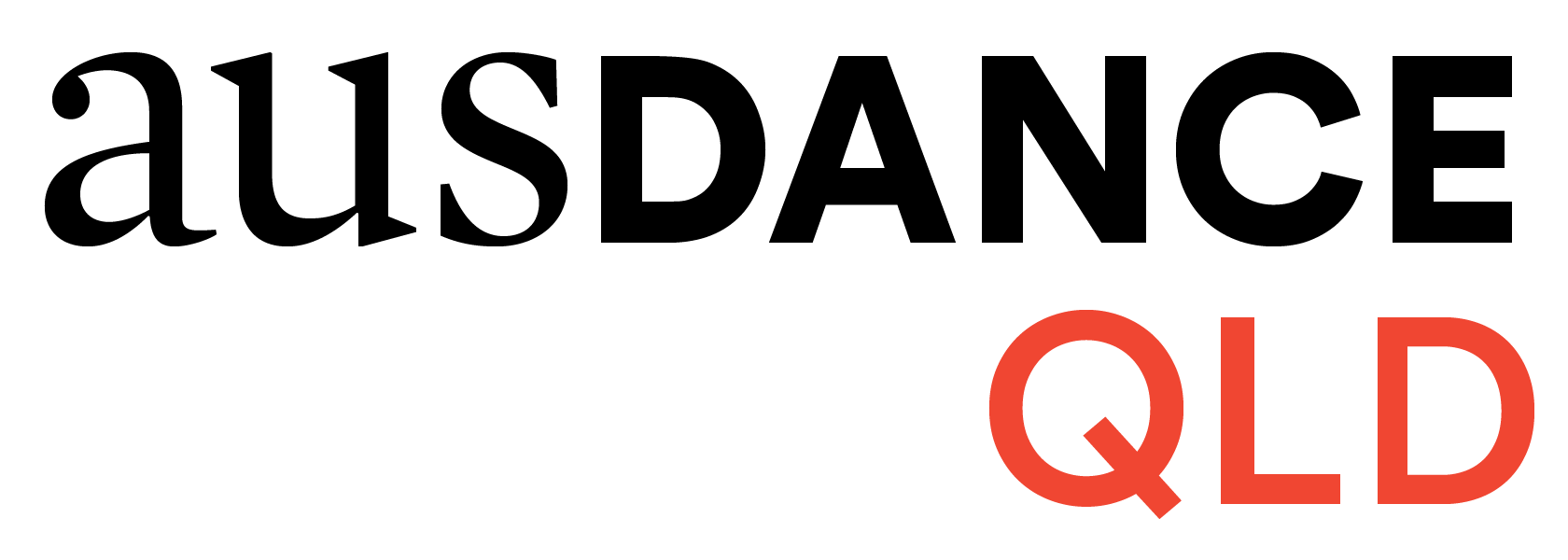IN|FORM | Breaking out of The Closet
Contributed by Naavikaran
Curating ‘The Closet’ in collaboration with Matt Hsu’s Obscure Orchestra as a Choreopoem has been a privileged experience. The work is part of an even bigger theatre piece called Brown Church that investigates the experiences of queer liberation within our current socio-political structures.
‘The Closet’ in particular explores the intersectional journey of a trans person of colour as they navigate the various structures of the global west and societal expectations. The work draws from the experiences of hiding from the world and yet cautiously observing the various things that happen. It aims to capture the sense of loss, grief, panic, desire and the need to break the chains that stops people across the world from being the best version of themselves.
I wrote the work hoping that young people, especially, can realize that they don't have to conform and force themselves to be a certain way. There are diverse ways of existing and I want people to find permission through my work to live their best lives.
For the filming of the work, we put together a collective of artists of colours from various arts and community-work backgrounds. We had three creative movement artists, Kalpana Prasad, Micheal FH and Navin Jayasekera. We had the work produced by myself, Kavita Gonsalves and film-maker Katie Rasch. The project was also an opportunity to collaborate with Matt Hsu who I had the honour of performing with at La Boite Theatre Company’s production, The Neighbourhood, and who kindly composed the multi-dimensional and engaging music for the work. Another opportunity in the project was to work with visual Indigenous artist Lalatuai on designing an artwork that we have since created as merchandise for The Closet.
The choreography in The Closet highlights a mix of Indian classical and contemporary that I practice and put into the work in response to the struggle that I wanted to showcase.
Putting together the project was an enriching experience because we worked together as a group of people of colour. Although not all of the members of the collective involved necessarily identified as queer or LGBTIQAP+, we all had the shared understanding of what “hiding” and not being true to oneself means due to experiences of racism, misogyny, sexism and the patriarchy. I think marginalized people on some or various levels are expected to change parts of themselves to fit into a box so that they can be perceived as normal.
On the whole, I hope that people can relate to my experiences of being closeted. And even if they don't, I want them to realise that the world is often harsh on people who we don't always realise are suffering. My vision is to change that reality so that nobody has to punish themselves for being different.
I am grateful to Ausdance QLD and Multicultural Australia for believing in my work and vision. Although it is a definite starting point, the collaboration, the work and the areas addressed within it all have been inspiring. As art makers, we have certainly learnt a lot about what inclusion and liberation means and making and pursuing art that is community driven.

